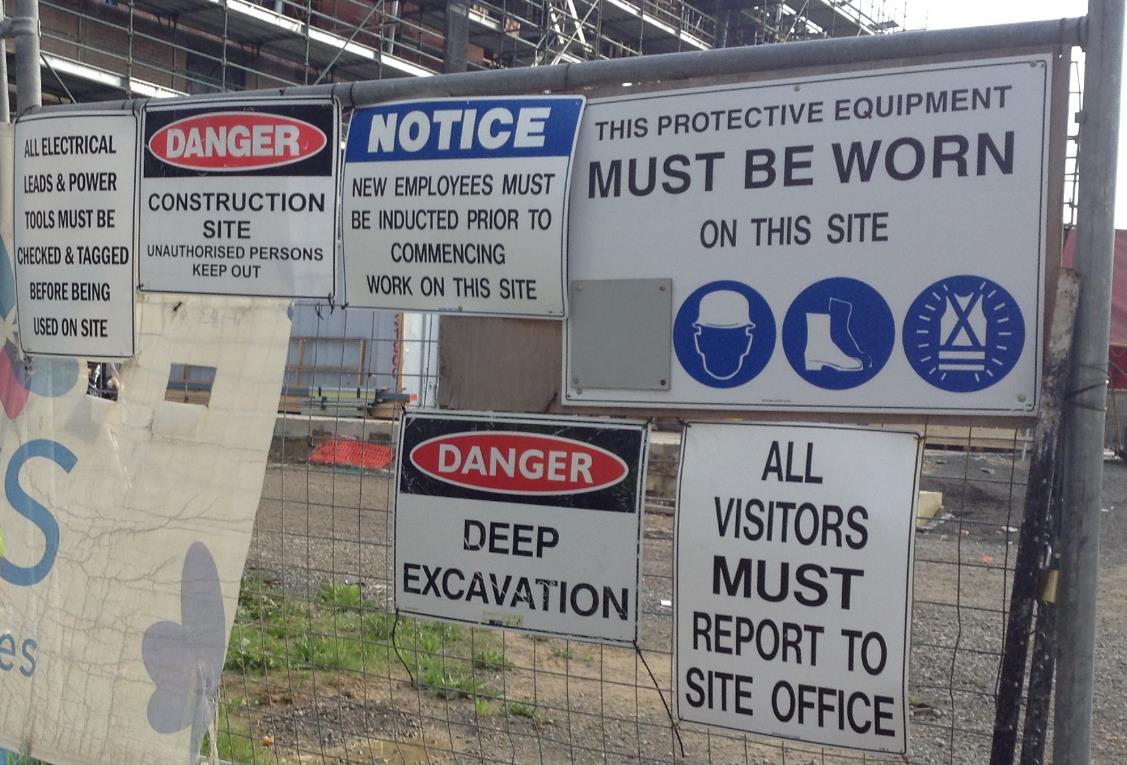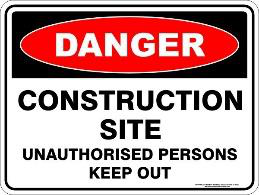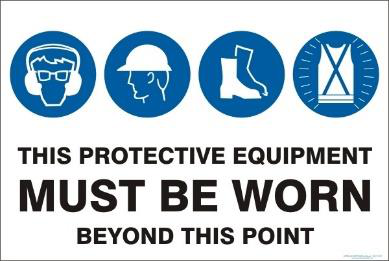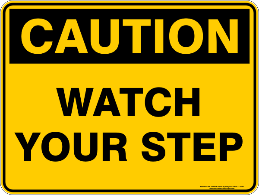Spats and rubber gum boots head protection for example

Learner Guide CPC30611 Certificate III in Painting and Decorating
Disclaimer:
This work is under copyright and permission
is not given to make copies for hire or resale
to third parties to use the resources for their
own or commercial use.Licenced to:
Orange International College
CRICOS Provider Code: 03446A
RTO No: 41315
Level 6, 416-420 Collins Street Melbourne
Victoria 3000
| Learner Activity Workbook CPCCPD3023A Apply texture coat paint finishes by brush, roller and spray V1 . |
|---|
Unit of competency .................................................................................................................. 6 Overview/Competency demonstration ........................................................................................ 6 CPCCPD3023A Apply texture coat paint finishes by brush, roller and spray .................................... 6 Plan and prepare. .............................................................................................................. 6 Prepare materials and application area. ............................................................................... 6 Apply texture coat by brush and roller. ................................................................................ 7 Apply texture coat by spray. ............................................................................................... 7 Clean up. .......................................................................................................................... 7 Learner Activity Workbook Overview .......................................................................................... 8 Section 1 – Plan and prepare ................................................................................................... 10 Work specifications .......................................................................................................... 10 Planning and site preparation ............................................................................................ 10 Safe work practices .......................................................................................................... 10 Reporting ........................................................................................................................ 12 Safety Data Sheets (SDS) ................................................................................................. 12 Job safety analysis (JSA) .................................................................................................. 13 Safe Work Method Statements (SWMS) ............................................................................. 13 Personal protective equipment (PPE) ................................................................................. 13 Safety signage on the construction site .............................................................................. 14 Signs and their colours ..................................................................................................... 15 Hazards and Risks ............................................................................................................ 16 Types of hazards ............................................................................................................. 16 Acute and chronic hazards ................................................................................................ 16 Types of risks .................................................................................................................. 17 Risk assessment rating matrix ........................................................................................... 17 Likelihood ....................................................................................................................... 19 Consequence ................................................................................................................... 19 Risk management priority ................................................................................................. 20 Hierarchy of Control ......................................................................................................... 20 Tools .............................................................................................................................. 21 Hand tools ...................................................................................................................... 21 Power tools ..................................................................................................................... 21 Operator manuals ............................................................................................................ 21 How to select the right paint brush .................................................................................... 22 Types of filament ............................................................................................................. 22 Style of brushes ............................................................................................................... 22 Size of brush ................................................................................................................... 22 Quality of brush ............................................................................................................... 22 How to select the right paint roller .................................................................................... 23 Pile height or nap ............................................................................................................ 23 Fabric material................................................................................................................. 23 Quality ............................................................................................................................ 23 Airless Sprayers ............................................................................................................... 24 HVLP Sprayers ................................................................................................................. 25 Spreading rate, paint coverage and paint usage ................................................................. 26 How to calculate amount of paint to paint a room............................................................... 27 Gloss level and finish ........................................................................................................ 27 Sealers............................................................................................................................ 28 Primers ........................................................................................................................... 29 Undercoats ...................................................................................................................... 29
| Learner Activity Workbook CPCCPD3023A Apply texture coat paint finishes by brush, roller and spray V1 . |
|---|
Tools and equipment........................................................................................................ 56 Worksite ......................................................................................................................... 56 Waste management ......................................................................................................... 56 Pollution Prevention ......................................................................................................... 56 Storage ........................................................................................................................... 57 Transportation ................................................................................................................. 57 Disposal .......................................................................................................................... 57 Paintbrush care, cleaning, storage and reclamation ............................................................. 58 Care ............................................................................................................................... 58 Cleaning .......................................................................................................................... 58 Cleaning brushes ............................................................................................................. 58 Cleaning rollers ................................................................................................................ 59 Cleaning Oil-Based Paint from Brushes and Rollers ............................................................. 59 Reclamation .................................................................................................................... 59 Cleaning air assisted and airless sprayers ........................................................................... 59 Waste ............................................................................................................................. 60 Clean-up management ..................................................................................................... 60 Learning Activities Section 5 .................................................................................................... 62 Simulated Learning Activities ................................................................................................... 63 Self-Assessment Questionnaire – Apply texture coat paint finishes by brush, roller and spray ........ 66 Learning Participation Record .................................................................................................. 68 Unit of competency ................................................................................................................ 68
Overview/Competency demonstration
This Workbook covers the following unit of competency:CPCCPD3023A Apply texture coat paint finishes by brush, roller and spray This unit of competency specifies the outcomes required to apply texture coat paint finishes to different surfaces by using brush, roller and spray.
Work instructions and operational details are obtained using relevant information, confirmed and applied for planning and preparationpurposes.
Safety(OHS) requirements are followed in accordance with safety plans and policies.
Environmental requirementsare identified for the project in accordance with environmental plans and regulatory obligations and applied.
Prepare materials and application area.
Fittings are checked for function and security prior to use in accordance with manufacturer recommendations.
Texture coat paint is mixed and adjusted to allow for application process in accordance with manufacturer recommendations, plans and specification.
Texture coat paintis applied to surfaceusing correct application technique to achieve an even finish with opacity and sheen level in accordance with the job specification.
Defects in coating are identified and corrective action is taken to achieve the required finish in accordance with job specification.
Clean up.
Work area is cleared and materials disposed of, reused or recycled in accordance with legislation, regulations, codes of practice and job specification.
| Learner Activity Workbook CPCCPD3023A Apply texture coat paint finishes by brush, roller and spray V1 . |
|---|
Learner Activity Workbook Overview
The content of this Learner Activity Workbook is designed to monitor your learning to provide ongoing feedback that can be used by your Trainer to improve their teaching, and by you to improve your learning.The Learner Activity Workbook incorporates the following tasks, to help you identify your areas of strength, and target areas of work:
• Learning Activities
• Simulated Learning Activities
• Self-Assessment Questionnaire
| • |
|
|
|
||
| • | ||
| • | ||
| • | ||
|
||
| • |
|
|
| • | ||
| • | ||
|
||
| • | ||
| • | ||
| • | ||
|
||
| Learner Activity Workbook CPCCPD3023A Apply texture coat paint finishes by brush, roller and spray V1 |
|
|
| . | Decorating | |
| Page 9 of 69 | ||
construction project. If you are ever unsure of your work instructions, you should always consult
the plans and specifications, and confirm them with your supervisor.
• Interpret work instructions, job drawings and specifications
• OHS requirements
• Ensure materials are appropriate to the type of work being performed
• All materials should be prepared safely ready for use
regulations.
Some of the requirements could include:
• Licences, tickets or certificates of competency
• National Code of Practice for Induction Training for Construction Work
|
|
|---|---|
|
|
|
|
|
|
|
|
|
|
|
|
|
|
|
|
|
|
|
|
A worksite analysis means that managers and employees analyse all worksite conditions to identify and eliminate existing or potential hazards. There should be a comprehensive, baseline survey, with a system in place for periodic updates. Worksite analysis involves a variety of worksite examinations to identify not only existing hazards, but also conditions and operations in which changes might create hazards.
This reporting could be done through any means acceptable on the site including: • Phones
• Computerised logs and systems
•
Written logs • Forms and specific documents
• Two-way radio
• Communications systems
• FaxIt is important to speak clearly and directly to the person who needs to know, and listen carefully to any further instructions or information. Workplace signage can be placed to maximise the
communication of the risk or hazard including the likelihood of its occurrence and reductions in severity of injury.
| For each hazardous substance, the following details are outlined: | ||
|---|---|---|
| • | ||
| • |
|
|
| • |
|
|
| • | ||
| • | ||
| • | ||
| • | ||
| Learner Activity Workbook CPCCPD3023A Apply texture coat paint finishes by brush, roller and spray V1 . | ||
All materials considered hazardous or dangerous are required by law to have a SDS. This must be provided by suppliers or transporters. SDS’s must always be accessible because they are used by emergency organisations to assist in managing incidents.
Steps:
1.Write out the job procedure step by step
2.Write out the possible hazards step by step
3.Write out the possible Safety controls step by stepPersonal protective equipment (PPE)
Personal protective equipment is also known as (PPE). Personal protective equipment helps to protect workers against potential injuries. PPE must be worn according to worksite rules and regulations.
All construction sites should be equipped with correct signage. This includes correct signage for
barriers/barricades and onsite machinery and equipment.
• Using barrier tape
• Using witches hats
There are a variety of signage used on any construction worksite, although the common categories
of signs fall into the following:

Safety signage on the construction site
|
||||
|
||||
| Regulatory signs (e.g. Prohibition, mandatory and limitation or restriction), such as hazard signs | ||||
|
||||
|
||||
|
|
|||
|
|
|||
 |
 |
 |
||
Hazards and Risks
It is everyone’s responsibility to ensure they identify and report hazards and risks in the workplace.
| Learner Activity Workbook CPCCPD3023A Apply texture coat paint finishes by brush, roller and spray V1 . |
|---|
Types of risks
| • |
|
| • |
|
| • | High/Extreme, then the approval of the department manager or superintendent is required prior |
Consider the following:
1.What is the worst possible consequence of this hazard? 2.What is the likelihood of this occurring?
| Learner Activity Workbook CPCCPD3023A Apply texture coat paint finishes by brush, roller and spray V1 . |
|
|---|
| Level | Description |
|---|---|
|
|
|
|
| Unlikely to occur, but history of the event exists within the industry (yearly) | |
|
|
| Learner Activity Workbook CPCCPD3023A Apply texture coat paint finishes by brush, roller and spray V1 . |
|
|---|
Hierarchy of Control
The Hierarchy of Control outlines the types of controls that can be implemented to mitigate and eliminate safety hazards.
|
Type of control | Example |
|---|---|---|
|
|
|
Engineering controls
Administration controls









